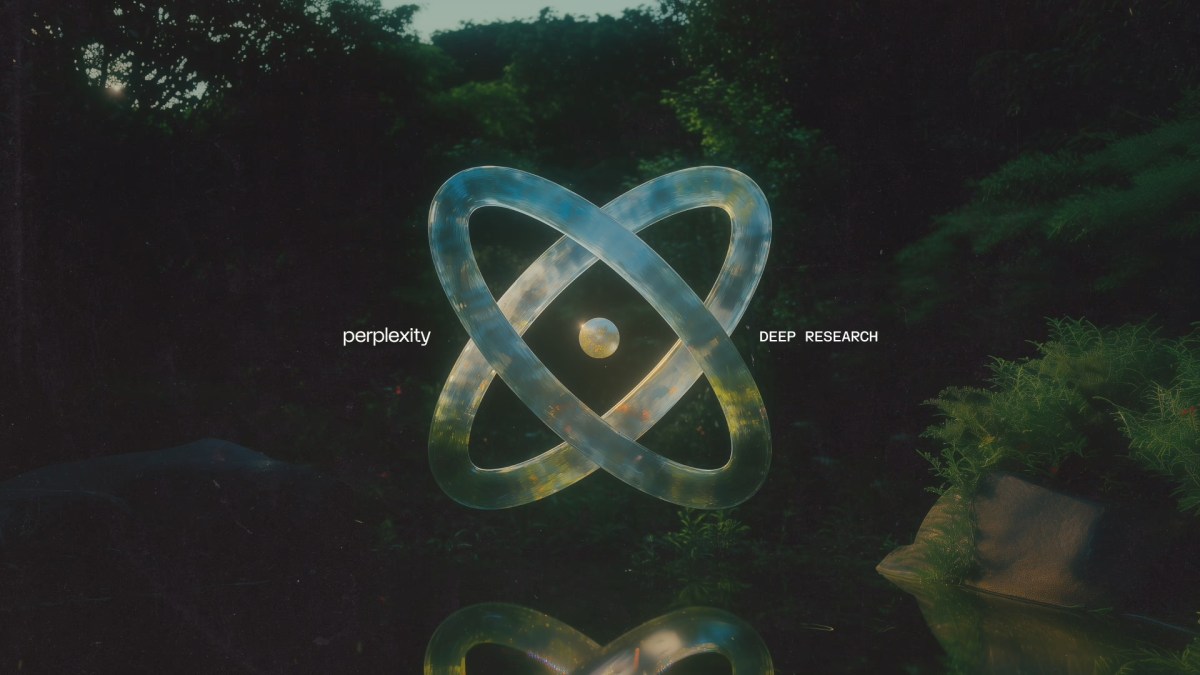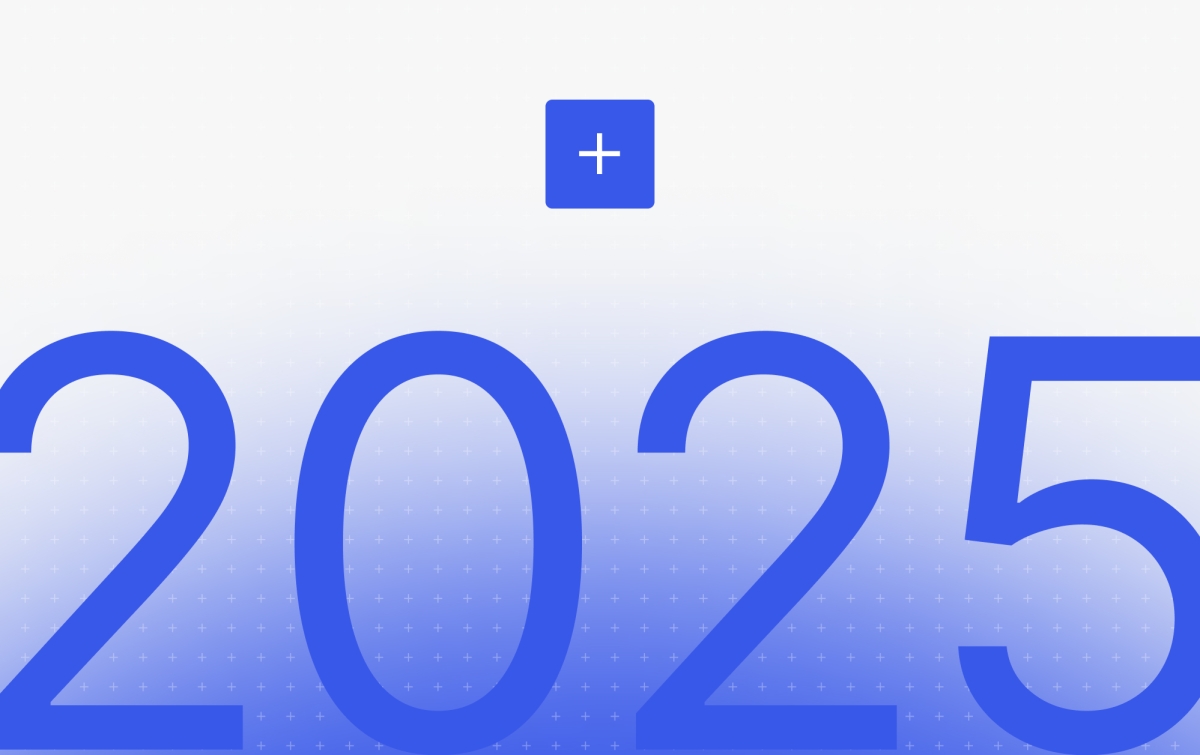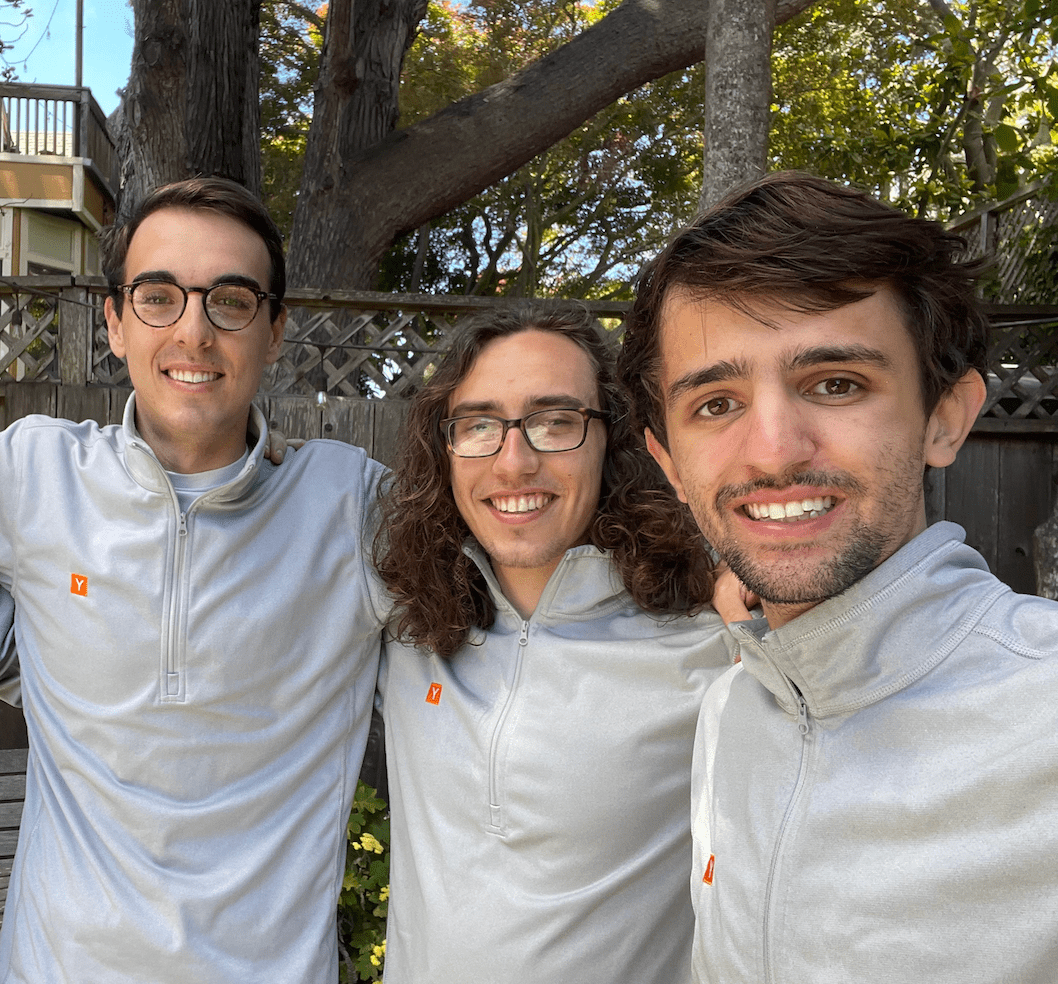Introduction to Perplexity’s Deep Research
Perplexity has joined the ranks of AI companies releasing in-depth research tools, announcing a new feature on Friday. This move follows Google’s unveiling of a similar feature for its Gemini AI platform in December and OpenAI’s launch of its own research agent earlier this month. Notably, all three companies have opted for the same name: Deep Research.
Purpose and Functionality
The primary objective of Deep Research is to provide more comprehensive answers, complete with real citations, for professional use cases, surpassing the capabilities of consumer chatbots. According to Perplexity’s blog post, Deep Research excels in a range of expert-level tasks, including finance, marketing, and product research. This feature is currently accessible on the web and will soon be integrated into Perplexity’s Mac, iOS, and Android apps. To utilize Deep Research, users simply select the option from a drop-down menu when submitting a query, which generates a detailed report that can be exported as a PDF or shared as a Perplexity Page.
Technical Overview
Perplexity’s Deep Research operates by iteratively searching, reading documents, and reasoning about the next steps, refining its research plan as it gathers more information about the subject areas. This process is likened to human research methods. The company has also showcased its performance on Humanity’s Last Exam, an AI benchmarking test featuring expert-level questions across various academic fields. Perplexity’s Deep Research scored 21.1% on this test, outperforming models like Gemini Thinking, Grok-2, and OpenAI’s GPT-4o, although it did not match OpenAI’s Deep Research score of 26.6%.
Availability and Pricing
Unlike OpenAI’s Deep Research, which requires a $200-per-month Pro subscription, Perplexity’s Deep Research is available for free, with non-subscribers having access to a limited number of queries per day and paying subscribers enjoying unlimited queries. Additionally, Perplexity’s Deep Research demonstrates faster performance, completing most tasks in under three minutes, compared to OpenAI’s 5 to 30 minutes.
Comparison of Deep Research Products
When asked to compare the various deep research products, Perplexity provided an overview of the different technologies, pricing models, and performance in various use cases and subject matters. The key differences are summarized as follows:
- Perplexity AI excels in speed and accessibility for casual researchers.
- OpenAI dominates in analytical depth for enterprise applications.
- Google integrates most seamlessly with existing productivity ecosystems.
Future Implications and Limitations
While it is too early to determine the impact of these tools on everyday and professional research, The Economist has highlighted potential shortcomings in OpenAI’s Deep Research, including limitations in creativity, reliance on easily available sources, and the risk of reducing opportunities for original ideas by outsourcing research to AI assistants. These concerns likely apply to Perplexity’s Deep Research as well.
Source Link





